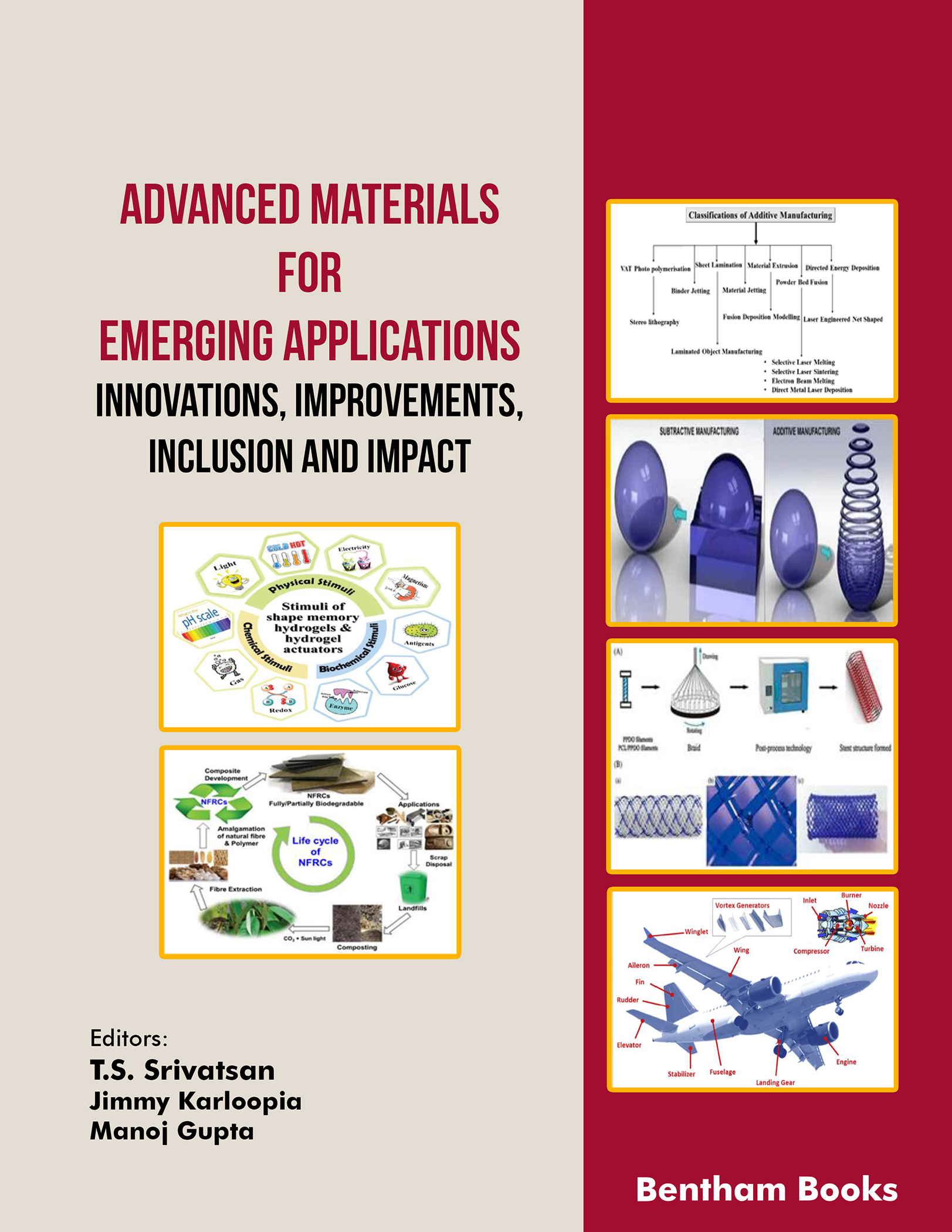- Home
- Books
- Advanced Materials for Emerging Applications (Innovations, Improvements, Inclusion and Impact)
- Chapter
Thermal and Thermomechanical Cycling Studies of Nickel-Based Shape Memory Alloys for Engineering and Medical Applications

- Authors: G. Swaminathan1, Vedamanickam Sampath2
-
View Affiliations Hide AffiliationsAffiliations: 1 Department of Metallurgical and Materials Engineering, Indian Institute of Technology Madras [IITM], Chennai 600036, India 2 Department of Metallurgical and Materials Engineering, Indian Institute of Technology Madras [IITM], Chennai 600036, India
- Source: Advanced Materials for Emerging Applications (Innovations, Improvements, Inclusion and Impact) , pp 62-79
- Publication Date: May 2024
- Language: English
Thermal and Thermomechanical Cycling Studies of Nickel-Based Shape Memory Alloys for Engineering and Medical Applications, Page 1 of 1
< Previous page | Next page > /docserver/preview/fulltext/9789815196771/chapter-3-1.gif
Shape memory alloys (SMAs) are those that can return to their initial shape after deformation under a stimulus, such as temperature or stress. They are capable of recovering deformations of up to 8%. Generally, the martensitic transformation is reversible in nature and the shape memory alloys exhibit two unique characteristics, super-elasticity effect (SE) and shape memory effect (SME), depending on whether these properties/responses are brought on by stress and temperature, respectively. Since the shape memory alloys undergo full cycling, they transform from austenite to martensite at temperatures between martensite finish and austenite finish. However, partial cycling refers to heating above the austenite start temperature but below the austenite finish temperature followed by cooling to below the martensite finish temperature. The phase transformation is partial before it is complete, consequently, only smaller amounts of the phases undergo a phase transition. Based on the operating temperature window and the transformation temperatures of the alloy, partial cycling can be divided into three categories. This chapter discusses the various types of cycling, i.e., thermomechanical, thermal, and partial cycling behavior of nickel-titanium-based shape memory alloys.
-
From This Site
/content/books/9789815196771.chapter-3dcterms_subject,pub_keyword-contentType:Journal105

